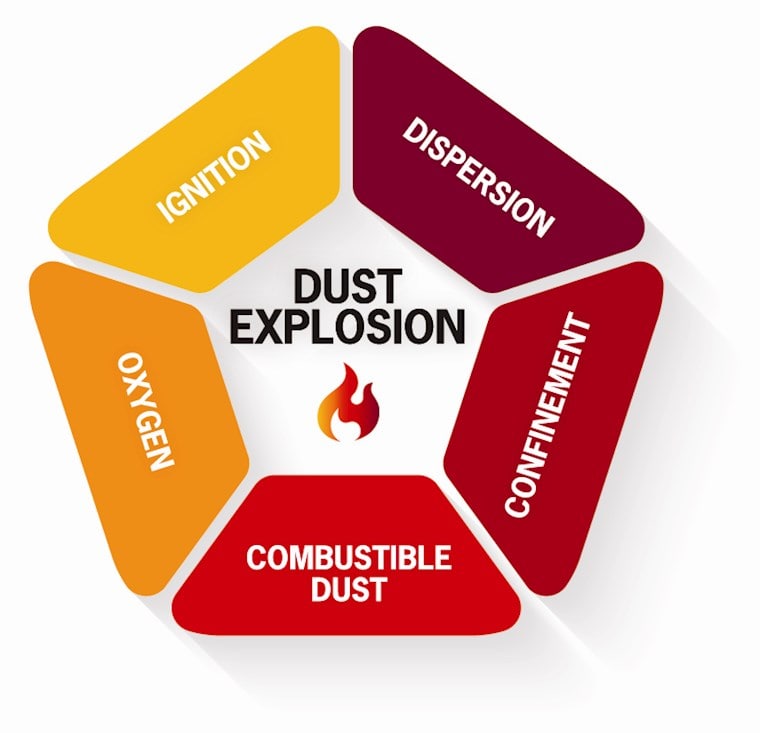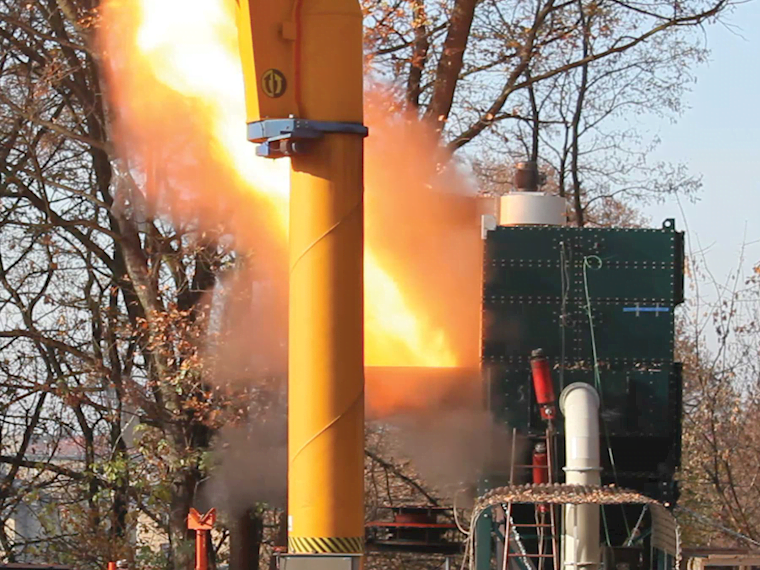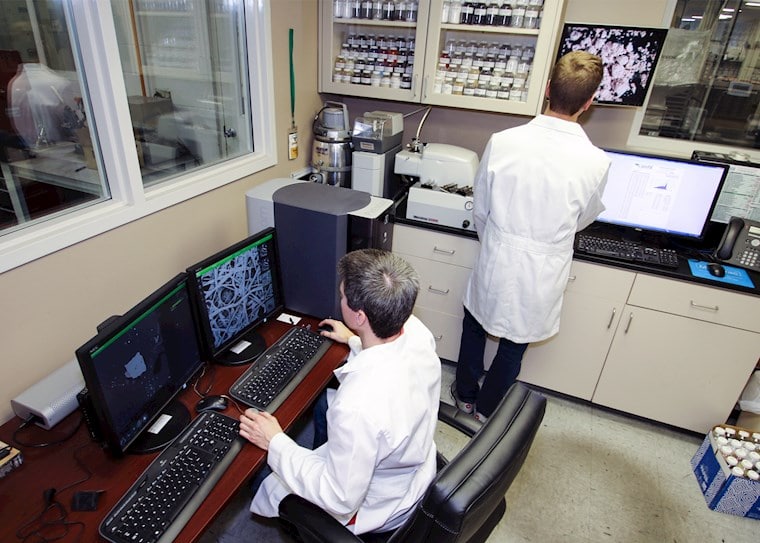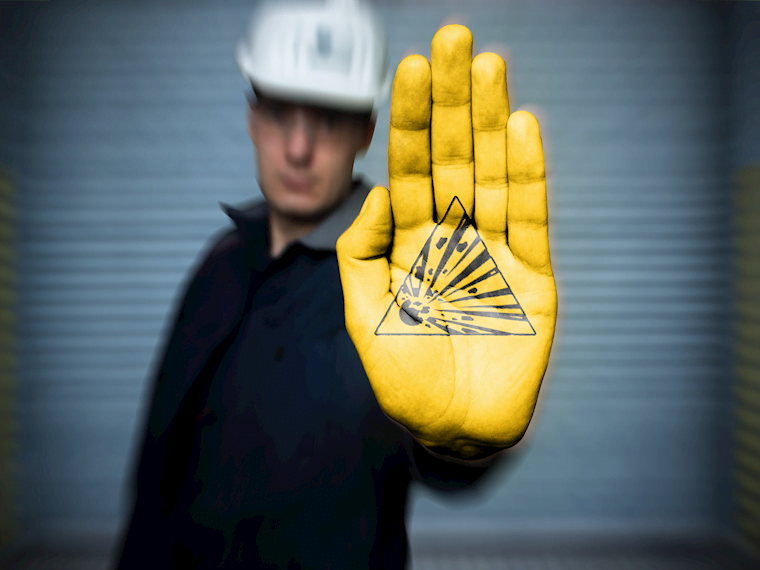Explosion protection for dust collectors
Almost all industrial manufacturing, processing or packaging applications generate dust as a side effect. Many of these dusts are both combustible as well as explosive, and removing them from the work place can significantly reduce the risk of serious accidents. It is estimated that there are approximately 2,000 dust explosions in Europe annually. Most of these are minor but some are very destructive. So by extracting the dust, risk in the production is reduced, but unless the extraction system is safe the risk is just moved.
To understand combustible dust risks, take a look at the “dust explosion pentagon” on the right. All five elements need to be present in an industrial facility at the same time to cause an incident:


How do you know if your dust is combustible and/or explosive? Common practice is to assume that it is, unless you have the test results to prove that your dust has a 0 Kst value. If your dust is common - like flour, sugar, etc. - and your particle size and moisture content are the same, you can use documented historical data from other tests. Other dusts must be tested through a notified body and you must keep the test data on file.
If the test is positive, then the explosive index (Kst) and the maximum pressure rise (Pmax) of the dust should be determined. The fact is, any dust above 0 Kst is now considered to be explosive, and the majority of dusts fall into this category. The finer the dust particles are, the more dangerous they are. A dust hazard analysis allows you to determine potential combustion & explosion risks and to determine the required level of fire and explosion protection.

The analysis can be conducted internally or by an independent consultant, but either way the authority having jurisdiction will ultimately review and approve the findings.
Your dust collection equipment supplier will need the Kst and Pmax values in order to correctly size explosion venting or suppression systems.
The ATEX Directives apply to new equipment as well as existing equipment, including those items installed prior to the introduction of the directives.

The higher the probability of an explosive concentration, the higher the level of safety required:
Many different types of devices and systems are used to comply with ATEX Directives for the explosion protection of dust collection systems. They fall into two general categories:
Whichever system you install, make certain to use certified explosion protection devices.
